10 Simple Budget Tips Every Allotment Gardener Can Use
Looking after allotments can be extremely rewarding, but costs can add up if you’re not careful. Whether you’re just starting out or looking to save more this year, these tips will help you grow a thriving allotment on a budget.
Looking after allotments is one of the most rewarding ways to grow fresh food, connect with nature, and enjoy time outdoors — but it doesn't have to cost a fortune. With a little creativity and planning, you can keep costs low while making the most of your plot. Whether you're a seasoned grower or new to allotments, these practical, budget-friendly tips will help you save money, reuse resources, and grow a productive and sustainable garden without breaking the bank.
1.Make Your Own Biodegradable Pots for Allotments
Instead of buying plastic seedling pots, you can make your own using newspaper or toilet roll tubes. Simply roll up newspaper strips or cut the tubes into sections to create biodegradable pots. These can be planted directly into the soil, minimizing root disturbance and reducing plastic waste. Not only are these pots eco-friendly, but they’re also a cost-effective way to start your seeds. You can even use cardboard egg cartons for smaller seeds.
Potential saving: £1.50 for a pack of 15 plastic pots.
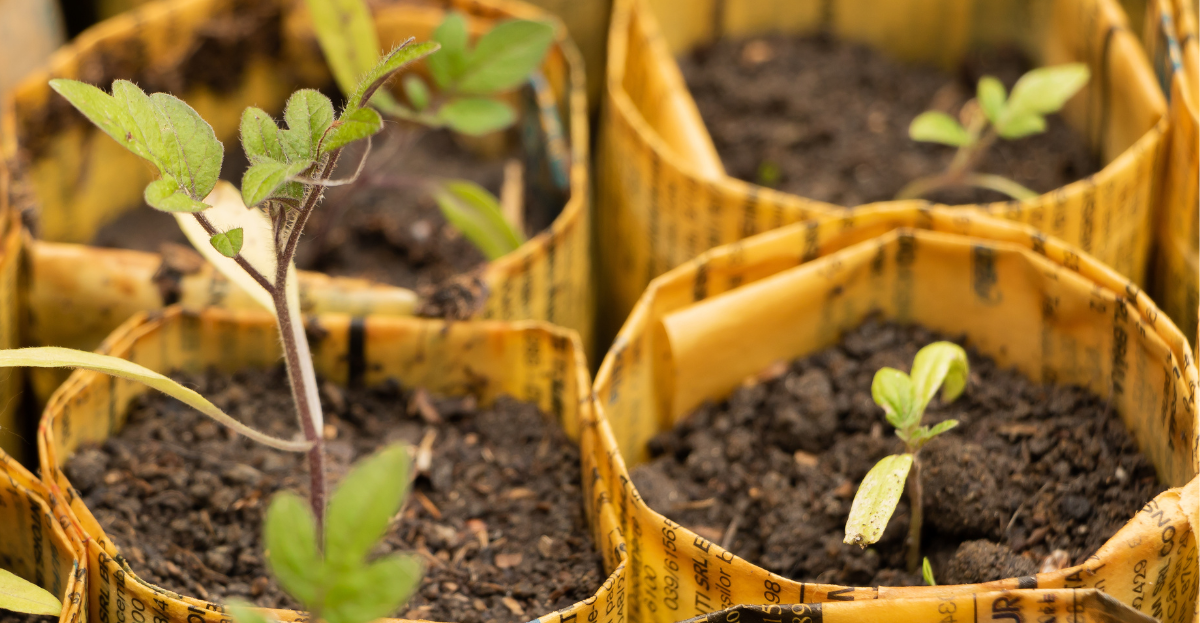
2.Reuse Household Packaging to Support Your Allotment
Instead of buying new seed trays and watering systems, repurpose household packaging to support your allotment:
Food containers Use mushroom and grape trays as seed trays. These often come with small drainage holes, making them perfect for seedlings. If your trays don’t have holes, just add a few with a nail or screwdriver.
Benefit: Save money and reduce plastic waste by reusing what you already have.
Old milk or squash bottles: Transform these into DIY watering funnels. Cut the bottom off, then sink the bottle into the soil next to your plants. This directs water straight to the roots, minimizing waste and ensuring your plants get the moisture they need.
Benefit: Conserve water, save time on watering, and improve plant health by ensuring consistent moisture at the root level.
By reusing everyday packaging, you’re saving money and reducing waste while supporting sustainable allotment gardening.
Potential saving: £2–£5 on seed trays and watering systems.
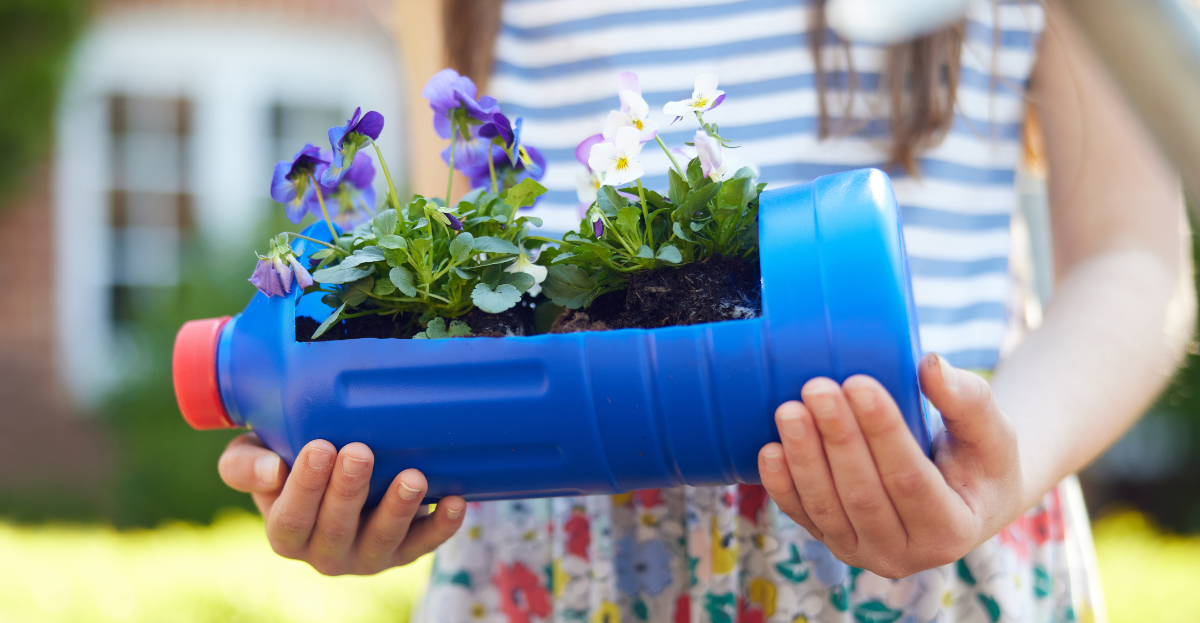
3. Set Up a Swap Station for Allotment Plants and Tools
Encourage your allotment community to start a swap table for seeds, spare plants, and equipment. It’s a fantastic way to share resources, meet fellow growers, and save serious money.
Potential saving: £10 or more on plants and tools.
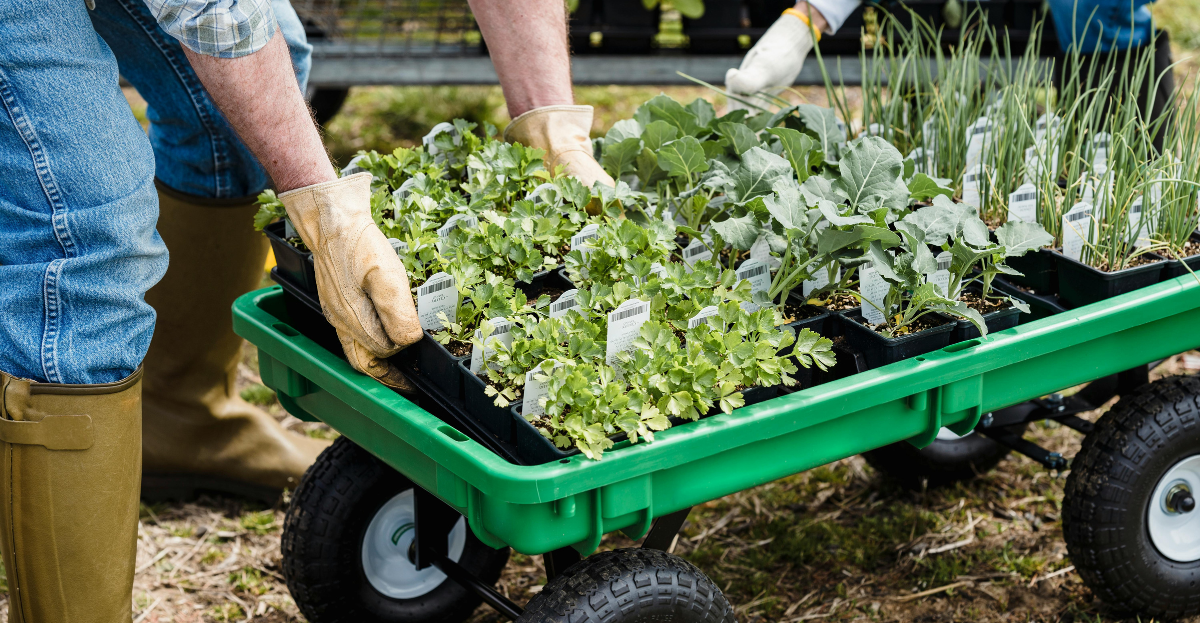
4.Propagate Your Own Plants on Your Allotment
Growing your allotment doesn’t have to involve buying new plants every season. One of the best ways to save money and expand your garden is by propagating plants from what you already have. Propagation is easy, free, and a great way to multiply your plants for next to nothing. Here are a few simple ways to get started:
Pot Up Strawberry Runners: Strawberry plants produce "runners" — long, vine-like stems that form new plants. Simply cut the runners and pot them up in small containers or directly into the ground. Within a few weeks, the new plants will have developed roots, giving you free strawberries for next season.
Potential saving: £6.99 for six strawberry plants.
Take Dahlia Cuttings: Dahlia plants are perfect for taking cuttings in the spring. Simply cut a healthy stem just below a leaf node and pot it up in a container with soil. In a few weeks, you’ll have new dahlia plants to add to your allotment, saving you the cost of buying them.
Benefits: You can multiply your dahlia collection without spending money each season.
Root Tomato Side Shoots: If you grow tomatoes, you'll notice side shoots growing between the main stem and branches. Pinch these off and place them in water or soil to root, creating new tomato plants for free. This is an easy way to expand your tomato harvest without purchasing extra seedlings.
Benefits: Free, healthy plants for your allotment.
Regrow Kitchen Scraps: Many kitchen scraps can be regrown right on your allotment, providing you with a sustainable and free source of produce. For example, spring onions, celery, and lettuce will regrow if you place the root ends in water, and once they start sprouting, transfer them to the soil.
Potential saving: £6.99 for six strawberry plants alone, plus savings from dahlias, tomatoes, and kitchen scraps.
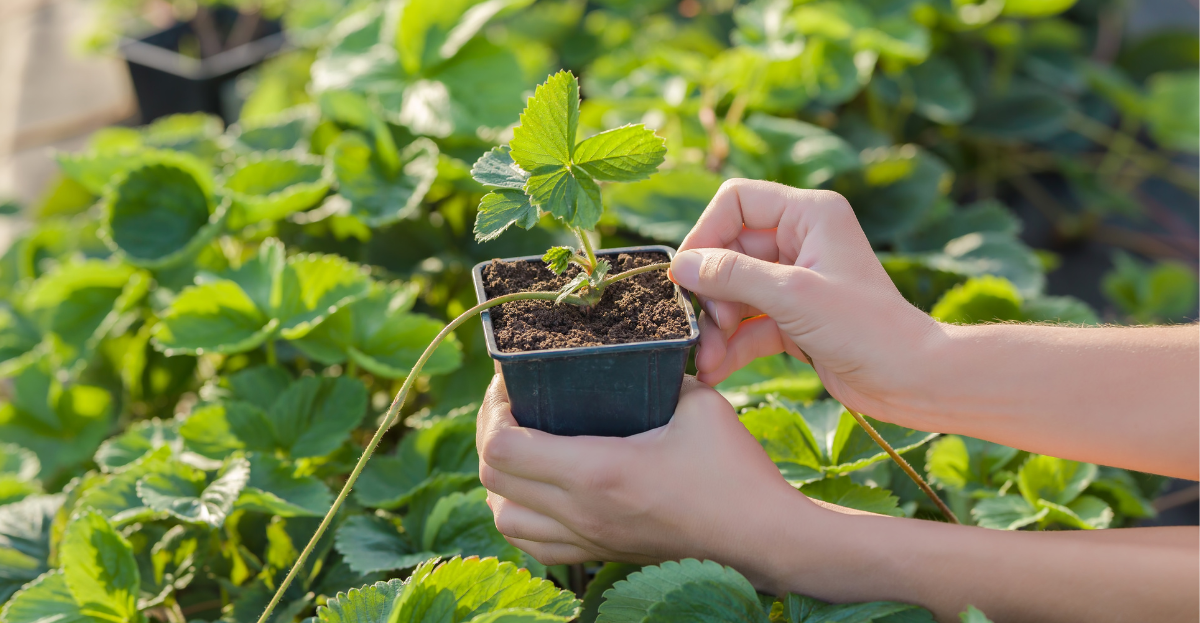
5.Build Free Plant Supports for Your Allotment
You don’t need to buy expensive plant supports when you can repurpose everyday materials to create sturdy and eco-friendly options. Here are a few simple ideas:
Pruned Branches and Twigs: Use pruned branches to create teepee or wigwam supports for climbing plants like beans and peas. Tie them together with twine for a natural, free support structure.
Potential saving: £8–£12 on bamboo canes.
Scrap Wood and Pallets: Repurpose old pallets or scrap wood into trellises or frames for tomatoes or cucumbers. This simple DIY project adds rustic charm while saving money.
Potential saving: £10–£20 on trellises.
Garden Netting on Scrap Frames: Old picture frames or broken garden fence sections can be turned into netting supports for climbing plants. It’s a great way to reuse materials and save space.
Potential saving: £5–£15 on purchased supports.
Hedge Clippings: Use leftover hedge clippings to create rustic supports for lighter plants. Simply tie them together for a charming, free option.
Potential saving: £5–£8 on plant supports.
Old Fencing or Wire Mesh: Repurpose old wire fencing or mesh for a strong, flexible plant support system. This works great for climbing plants and can last for years.
Potential saving: £8–£18 on metal supports.
By reusing materials from around your home, you can save money, reduce waste, and create unique, functional plant supports for your allotment.
Total potential savings: £8–£20.
6.Suppress Weeds Naturally on Allotments with Cardboard
Instead of buying expensive weed membranes, you can use cardboard to block out sunlight and stop weeds from growing. Simply lay down cardboard (making sure to remove tape and labels) directly on the soil, overlapping the edges. Weigh it down with bricks or stones, and as it breaks down, it will enrich the soil while suffocating the weeds beneath.
Eco-friendly: Reusing cardboard helps reduce waste and avoids chemicals found in commercial weed fabrics.
Soil Benefits: As the cardboard decomposes, it adds organic matter to the soil, improving fertility.
Free or Low-Cost: Cardboard is often free, making it a budget-friendly option for weed control.
Total potential savings: £15–£30 on commercial weed membrane.
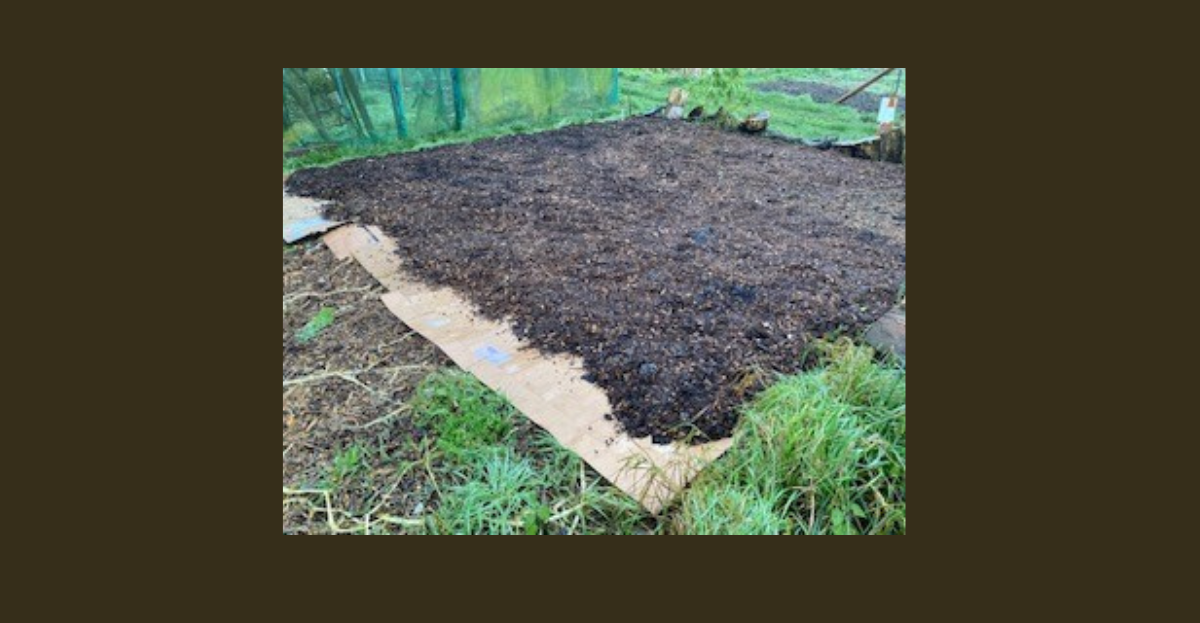
7.Make Your Own Compost for Allotments
Creating your own compost is a fantastic way to improve your allotment soil while saving money. By recycling kitchen scraps and garden waste, you can make nutrient-rich compost to support your plants — all for free!
How to Make Compost: Collect organic waste like vegetable peelings, grass clippings, and leaves. Avoid meat and dairy. Regularly turn the pile to help it break down, and in a few months, you'll have rich compost for your soil.
Benefits: Collect organic waste like vegetable peelings, grass clippings, and leaves. Avoid meat and dairy. Regularly turn the pile to help it break down, and in a few months, you'll have rich compost for your soil.
Free and Sustainable: Say goodbye to expensive bags of compost and reduce landfill waste.
Nutrient-Rich: Homemade compost adds essential nutrients and improves soil structure.
Improves Soil Health: Encourages beneficial organisms, leading to healthier plants.
Tips: Balance green and brown materials (vegetable scraps and leaves).
Turn the compost regularly for better aeration.
Making your own compost is an eco-friendly and budget-friendly way to keep your allotment soil healthy and productive.
Potential savings: £5–£10 per bag of compost.
8.Homemade Plant Food for Free
Plants need feeding too, especially if you’re growing hungry crops like tomatoes, courgettes, and pumpkins — but you don’t have to splash out on expensive liquid feeds.
Here’s how to make your own:
Comfrey tea: Pick comfrey leaves, pack them into a bucket, weigh them down, cover with water, and leave to steep for 3–4 weeks. Dilute the resulting (very smelly!) liquid to use as a potassium-rich feed perfect for flowering and fruiting plants.
Nettle tea: Same method as comfrey, but using nettles. Full of nitrogen, it’s great for leafy vegetables.
Banana skin soak: Chop banana skins and soak them in water for a few days. The water becomes rich in potassium, magnesium, and phosphorus — ideal for boosting blooms and healthy root development.
Eggshell water: Soak crushed eggshells in water to create a calcium-rich feed that helps prevent blossom end rot in tomatoes and peppers.
You can also compost used tea bags and coffee grounds or sprinkle them directly around acid-loving plants like blueberries.
 (11).png)
9.Harvest and Save Your Own Seeds
Saving seeds from your healthiest plants means free crops year after year. Tomatoes, chillies, beans, peas, and herbs like coriander and dill are all easy to collect. Even the seeds inside a chamomile tea bag can be sown if you rip it open! Just remember to label your seeds carefully and store them somewhere dry and cool.
 (12).png)
10.Join the National Allotment Society
joining the National Allotment Society can save you even more!
With your membership, you’ll receive:
- Up to 40% discount on King's seeds
- Free initial legal advice
- for allotment-related issues,
- Liability insurance to cover your plot activities
 (13).png)

Conclusion
Allotment gardening doesn't have to be expensive. By reusing, repurposing, sharing, and making use of what nature (and your kitchen) provides, you’ll save money, reduce waste, and grow a more sustainable plot.A little effort now means a thriving allotment — and a heavier, happier harvest — later.
And don’t forget — joining the National Allotment Society can save you even more!
April is a time of abundance in the wild, with many plants at their peak for foraging. By foraging responsibly, you can enjoy the flavours of the season while supporting local ecosystems and ensuring that these plants continue to thrive. So, grab your basket, head out into the fresh spring air, and discover the bounty nature has to offer!
